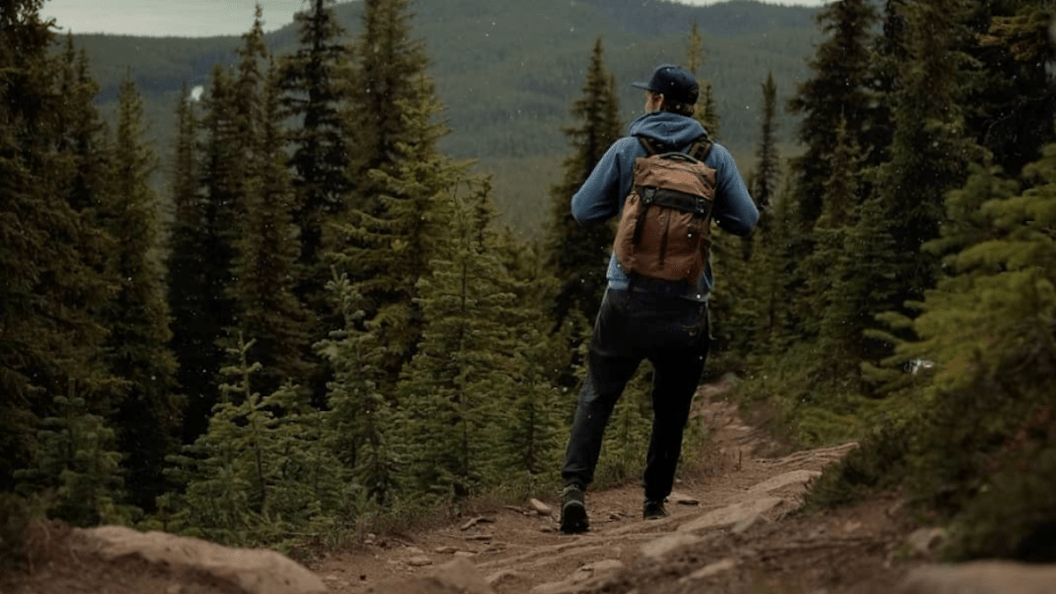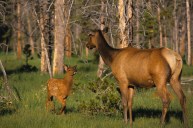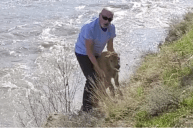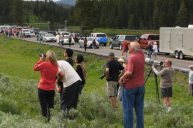National parks with high levels of social media exposure get more visitors than those with less social media exposure, according to a study published Monday by the Proceedings of the National Academy of Sciences.
While that may sound logical — something that's popular on Instagram or Twitter is probably popular in real life — researchers say social media is the reason more people are visiting.
In a statement, Casey Wichman, the author of the study and an associate professor of economics at Georgia Tech, explained that his research shows that social media exposure "matters to a very strong degree" if people visit a park.
"It's one of the main drivers of the huge increase in visitation to national parks," he said.
According to data published by the National Park Service, the annual number of visitors to national sites increased by roughly 19% — or about 52 million — from 2013 to 2023.
To put it into perspective, Wichman described a correlation between increased exposure and increased traffic to major parks like Yosemite, Grand Canyon, and Yellowstone but also lesser-known parks like Alaska's Lake Clark National Park and Preserve, which saw 180% more visitors in the past 10 years.
For the study, Wichman ranked the parks based on how many followers, mentions, and retweets the parks had on social channels Instagram and Twitter. However, he also considered the type of attention the parks received.
"Social media serves as advertising for parks in a way that's targeted to an individual's network," Wichman said, adding that "not all exposure increases visits — it has to be good exposure." He said parks that received lots of negative attention saw fewer visitors the next year.
Even though more visitors can lead to problems, such as overcrowding, traffic jams, fewer available campsites and amenities, and pollution, Wichman said it also has benefits. He explained that more visitors means more money is being spent at the parks and the surrounding areas, which can be invested back into the park.
As to whether or not social media is a good thing for national parks, Wichman said: "Yes, we spend a lot of time on our phones, especially younger demographics, but this also suggests that social media can actually get us outside more. I don't know if it's good or bad, but it's much more nuanced than many sensationalist stories have made it out to be."




